How Imo Boddy Became The Fastest Female To Complete The Three Peaks Challenge
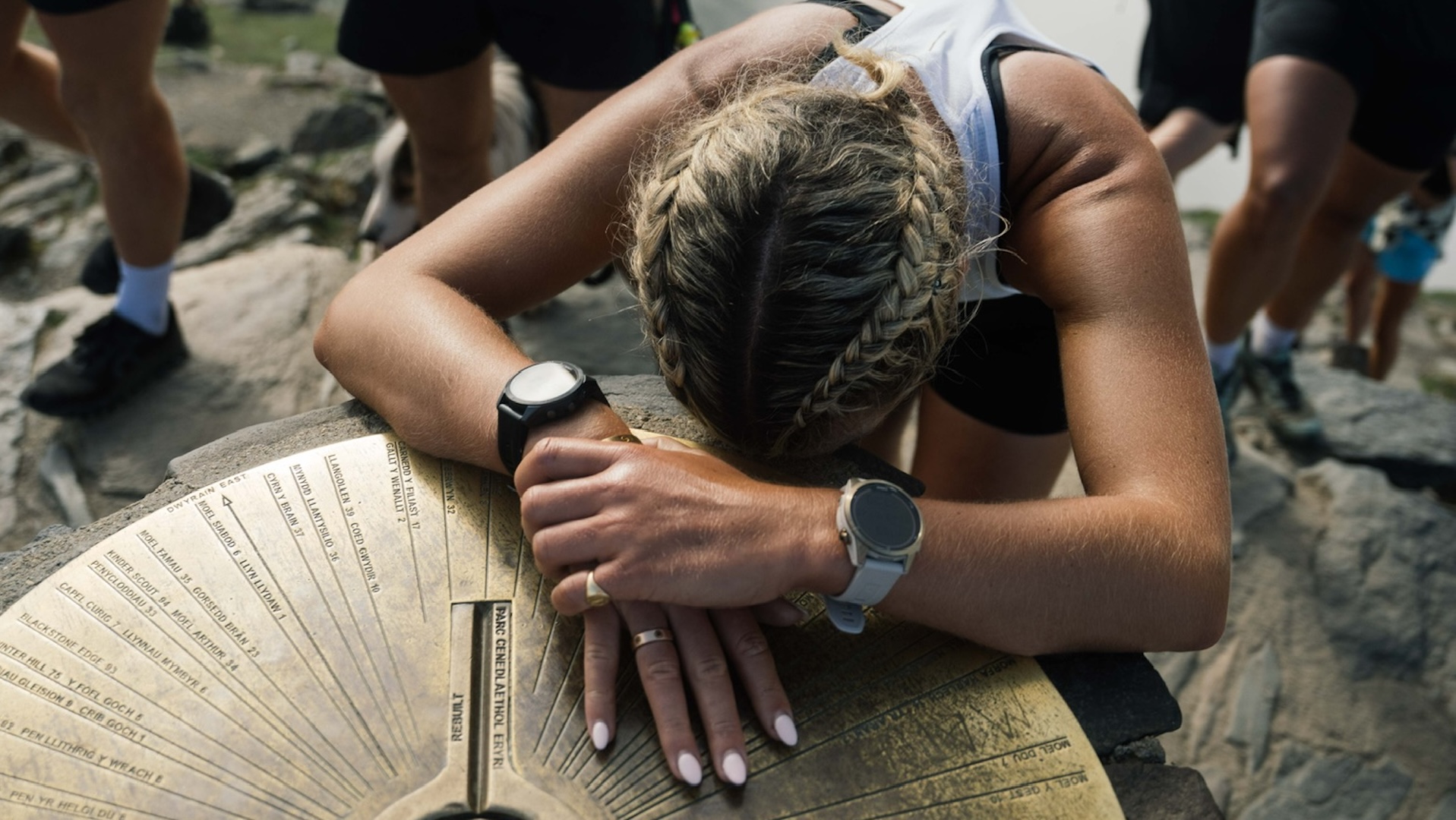
Imo Boddy dipped her hand into the sea in Fort William, in the western Scottish Highlands, at 7am on Wednesday 15th May, and then she turned around and started running. Her first destination was already in view: the summit of Ben Nevis.
As she headed towards Scotland’s tallest peak, the rest of her team took up their roles. Mum and dad, chef and driver. Chris on logistics, and by Imo’s side the entire way. Physio Jonny, photographer Tom, videographer Matt, and Hannah on social media. Everyone in this together, however long it took, as 24-year-old Imo set out to become the fastest female to ever complete the Three Peaks Challenge.
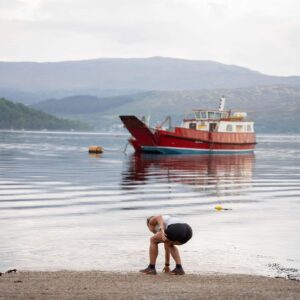
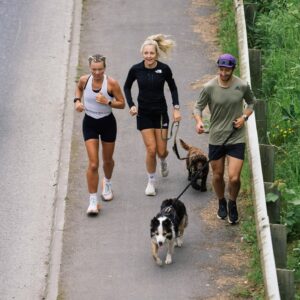
The Three Peaks Challenge involves climbing up and down the tallest peak in each of Scotland, England and Wales – that’s Ben Nevis, Scafell Pike and Snowdon. Many who attempt the official challenge try to complete it within 24 hours, scaling each peak, descending, then driving to the next trail head.
Imo was doing all of that, just without the driving: she was running the whole length of the challenge. That’s over 680km (420 miles) from start to finish, and 10,500m of elevation, which is more than the height of Everest.
In taking on this challenge, Imo and her team decided to highlight and honour the existing women’s record of seven days and 31 minutes, which has been held by Ann Sayer since 1979. Ann started at the sea in Fort William and finished on the beach in Caernarfon, so that’s what Imo would do. Other than that, they could go whichever route they wanted, so long as they stuck to the Highway Code, so no running on motorways or through tunnels. She could stop to sleep, rest and eat, but had to restart in exactly the same place, and the timer would continue until she finished.
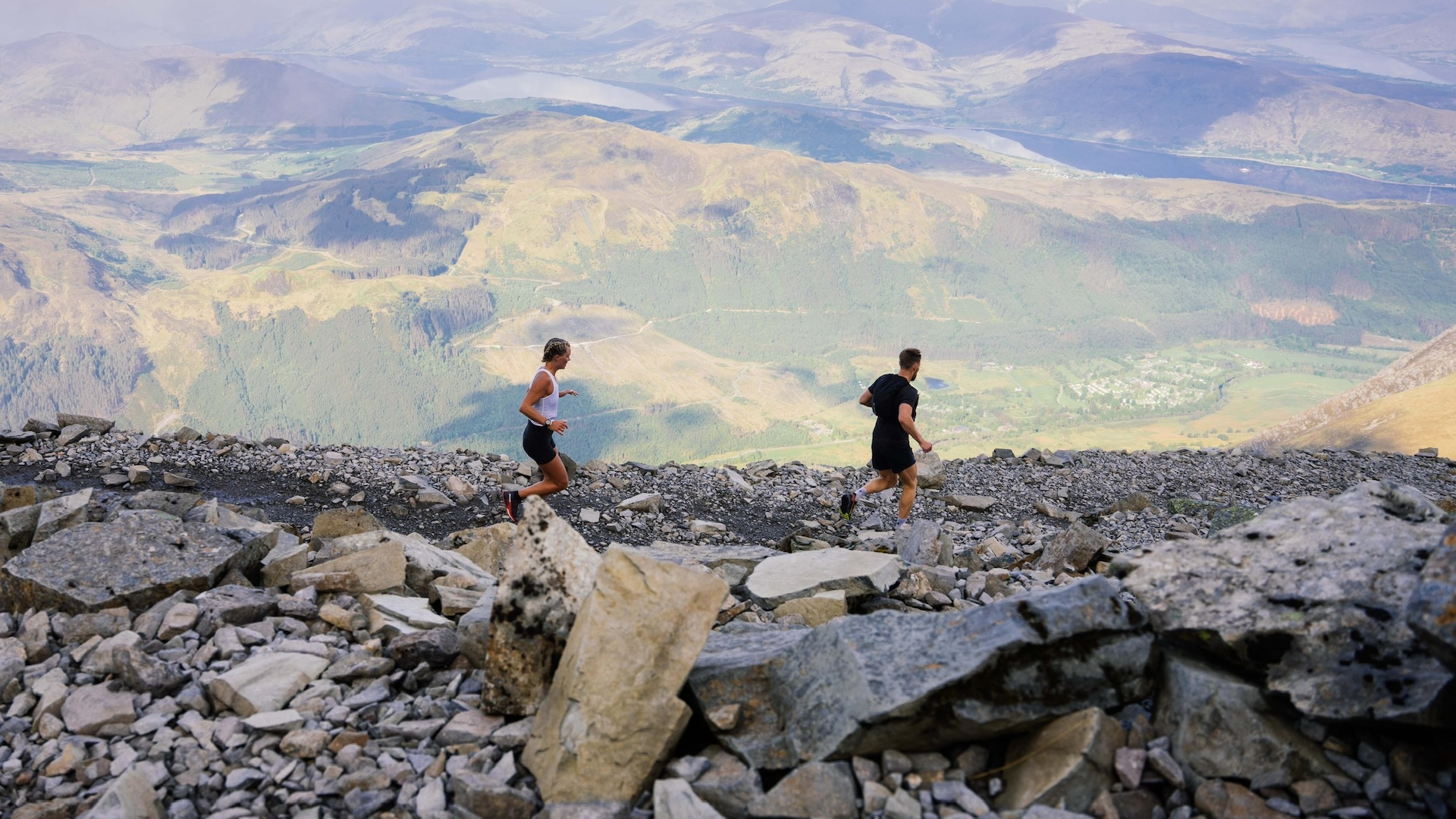
This wasn’t Imo’s first ultra-endurance challenge.
Already a sporty person, in her final year of school she was inspired when she heard about the Arch to Arc challenge, which involves running from Marble Arch to the English Channel, swimming across to France, then cycling to the Arc du Triomphe in Paris. She created her own version, called the Boddy Challenge: a 10km swim in Lake Windermere, running a marathon, then cycling 30 miles back to her school.
In 2021, Imo ran seven marathons in seven days, completing each of them in under four hours, but, she admits, she “didn’t feel that accomplished” once it was done. Then in 2022, at the age of 22, she became the youngest female to run from John O’Groats to Lands End (JOGLE), which she completed in 22 days. Then came the Three Peaks.
“JOGLE was a holiday in comparison to the Three Peaks!” Imo says, where despite running 60km every day for over three weeks, she’d still get to stop and recover every night. For the Three Peaks there was very little recovery time, and she was always on her feet, always moving, always tired, stealing short naps whenever she needed them.
The first three days passed by without any major problems, and her body felt good. She would have checkpoints every 15km to rest or refuel, calling ahead to let her team know what she needed. Often, given the hot weather she faced, that was ice cold drinks, ice cream and ice lollies. She ate as much food as possible, but no matter how much she ate, it’s almost impossible to refuel everything she was burning. “I was running on empty the whole time.”
The heat bore down as the challenge wore on. She slowed, and the team brought checkpoints forward. She developed a couple of painful injuries, she had heat rash and swollen feet, the tiredness was overwhelming.
Having run up and down Ben Nevis, Scafell Pike and Snowdon in her training, plus having run the complete length of Great Britain two years before, she knew what the physical challenge would be like, she had no idea what to expect from the psychological challenge, and how she’d cope when things got really difficult.
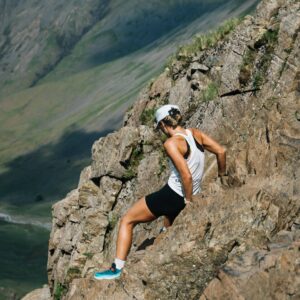
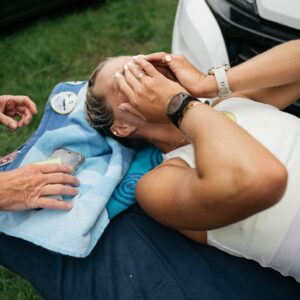
“The peaks and troughs were the highest of the highs and the lowest of the lows,” says Imo. “I was having to dig deep so many times, and I’ve never been in that position before. I knew I’d have to do it, but not to that capacity.”
At only 24 she hasn’t had many opportunities to know what to expect of her body and mind in these extreme conditions. “I just kept going. I just had to grind it out,” she says, but there were always highs to follow the lows. Sometimes it took a restorative nap, other times an ice cream, or passing significant points on the course.
The top of each peak gave some of the biggest highlights of the run (“going up the peak, anyway,” she says, “coming down wasn’t so nice because my legs were quite battered!”). Ben Nevis and Scafell were particular highlights, their beauty wiping away any memories of endless A roads.
As the end neared, Imo and Chris made the decision to run through the final night to get the challenge completed as quickly as possible, and to best the record by as much time as possible.
“The last 32 hours of the challenge were incredibly dark. It was really, really tough,” says Imo. “I felt so close, but still so far away.” When she reached the top of Snowdon she collapsed, exhausted, over the golden compass at the summit. But she couldn’t stop for long as there was still another 20km to go.
After all the pain of the previous days, and the 32-hour run to finish, she felt all the discomfort disappear as she ran onto the beach in Caernarfon. She touched the sea six days, five hours and 43 minutes after leaving Fort William, surpassing Ann’s time by 19 hours, and becoming the fastest woman to ever run the route.
After touching the water she turned around to face her team, and said: “We did it!”
“The support team was beyond amazing,” she says. “I might have done all the miles, but I couldn’t have done it without my team,” who each covered all those miles with her, just in their own way.
The high of finishing was celebrated with a glass of champagne, “and then half an hour later my body completely seized up!” She slept all the way home in the camper van.
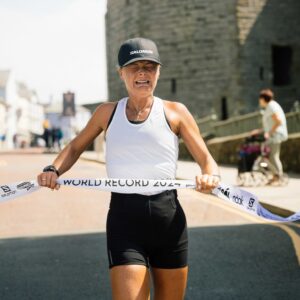
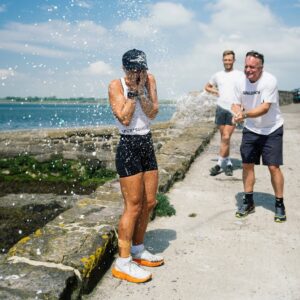
The inevitable question which comes after someone achieves an incredible experience like this is: what’s next?
“I’ve always wanted to be the best I can be for myself,” Imo says. “Now I want to see where I can go with running,” and she’d like to represent team GB as an ultrarunner. But before that she’s still celebrating becoming the fastest female to run the Three Peaks Challenge, and what that means to her and to others.
“I rather selfishly set out on the challenge for myself, and set a goal for myself and to hopefully break the record, but it went far beyond that,” Imo says. She wanted to honour Ann Sayer’s 45-year-old record, and then add her own name to that record book, but it became much more than just a time.
“The message got so far out that lots of people were inspired and it’s become more than just breaking a record.” It’s about continuing a great legacy of British endurance, and showing what’s possible if you decide to try and do something difficult.
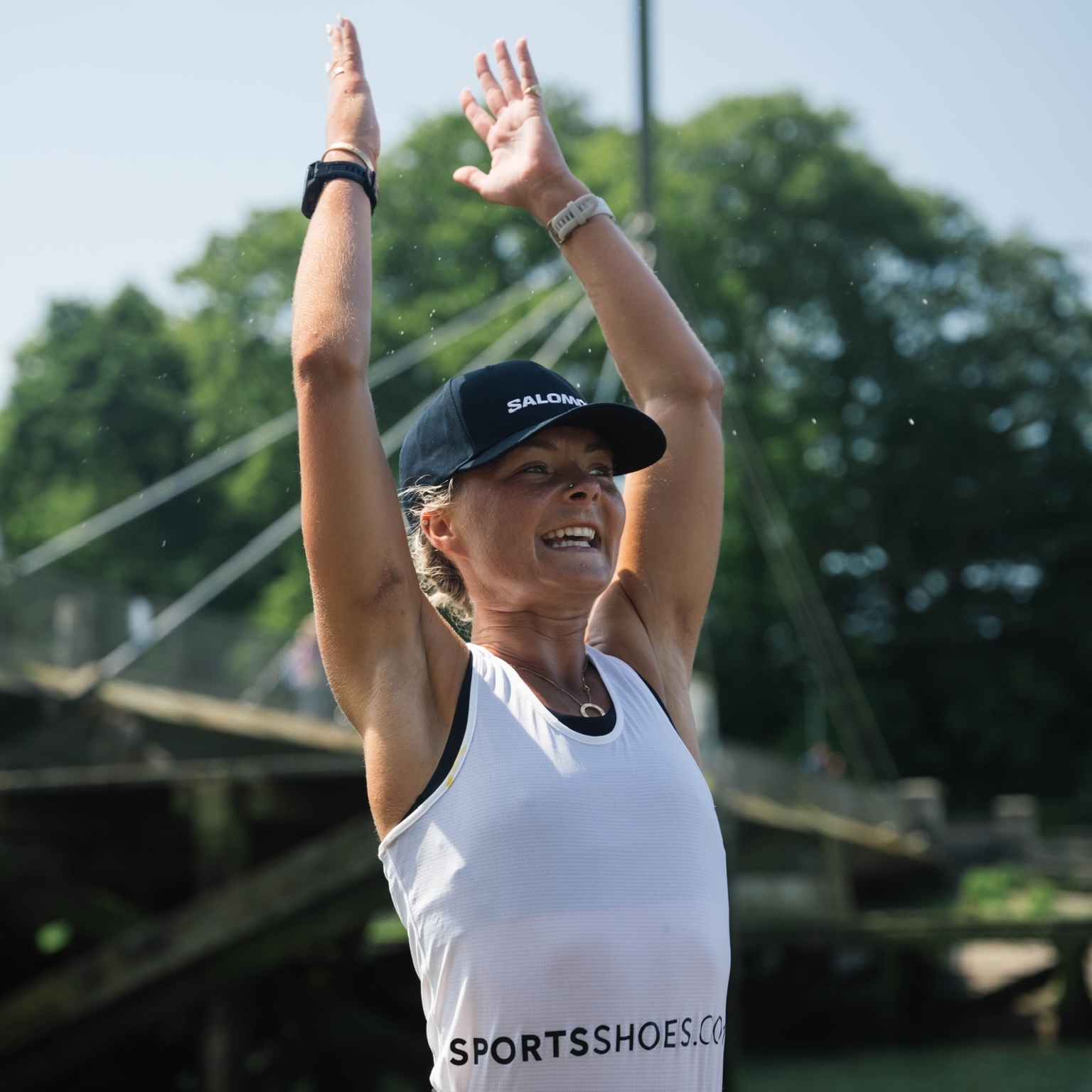
A MOMENT FOR ANN SAYER
Ann Sayer was a pioneer of female long distance walking, at a time when women weren’t allowed to compete beyond 5km.
When Ann tried to take part in her first long distance race walk in 1974 she was told that while organisers couldn’t stop her from being on the road, they would not record her name and time. She ‘unofficially’ finished third.
In 1977 she became the first British female ‘centurion’ when she walked 100 miles in 24 hours, despite again being told that she couldn’t take part in the event. In 1980, she walked Lands End to John O’Groats in 13 days, 17 hours and 42 minutes, which is still the women’s walking record (the running record is 12 days, 30 minutes).
For her Three Peaks challenge in 1979, Ann walked from 6am until 8.30pm every day, stopping for just a 15-20 min break during the day for a meal. A report from her effort explained that while she had aches and pains, she only experienced one blister.
In 1994, in her late 50s, she became the oldest woman to represent GB when she took part in a 200km walking race in France, and a year later she was appointed MBE for services to sport. She died in 2020 at the age of 83.
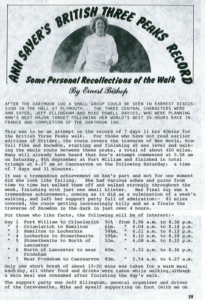
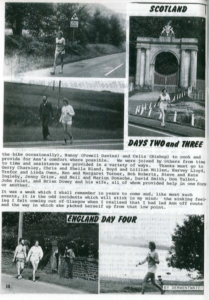
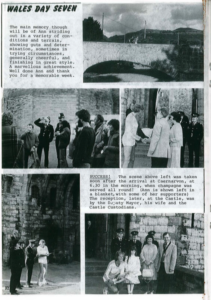
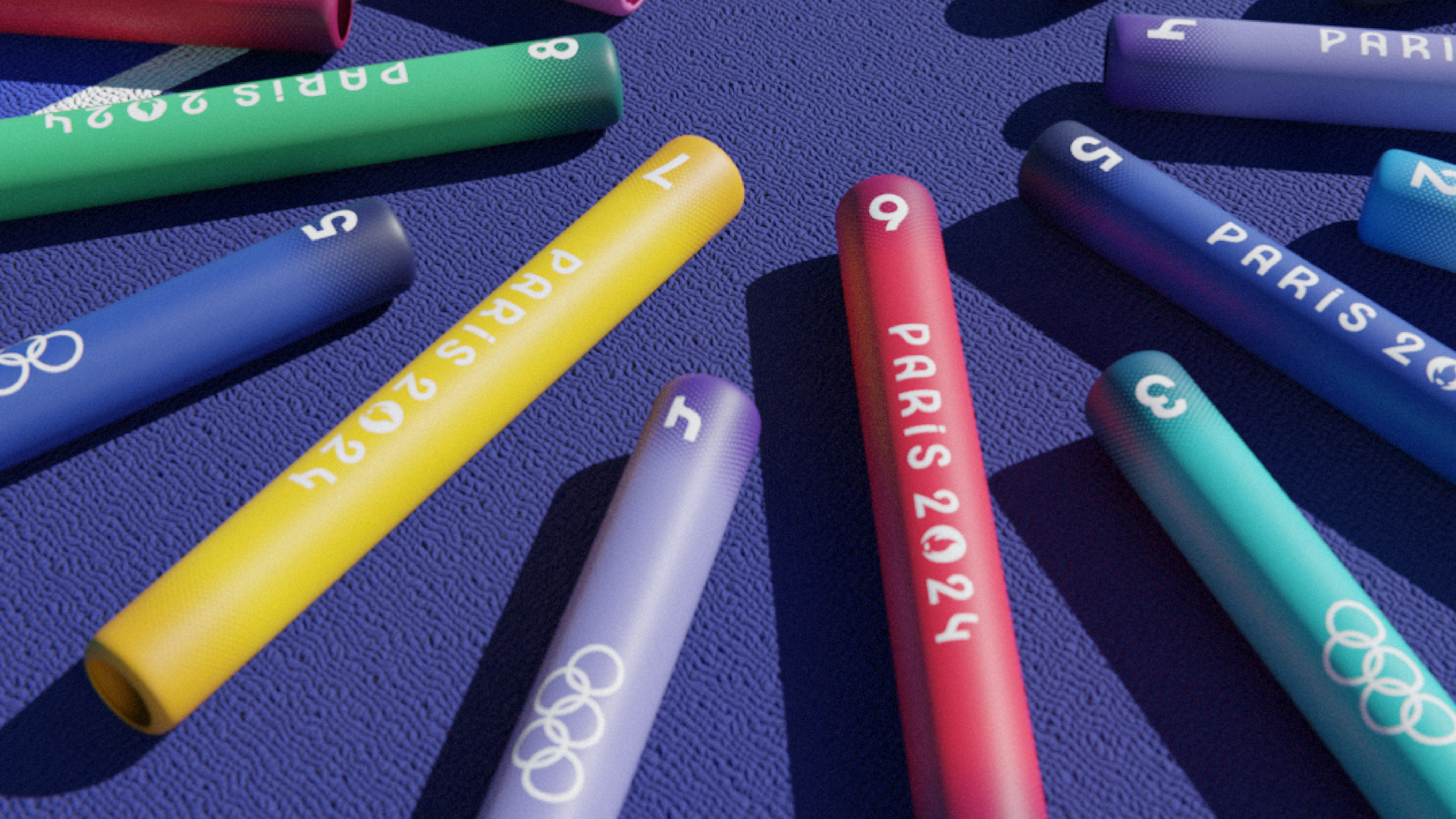

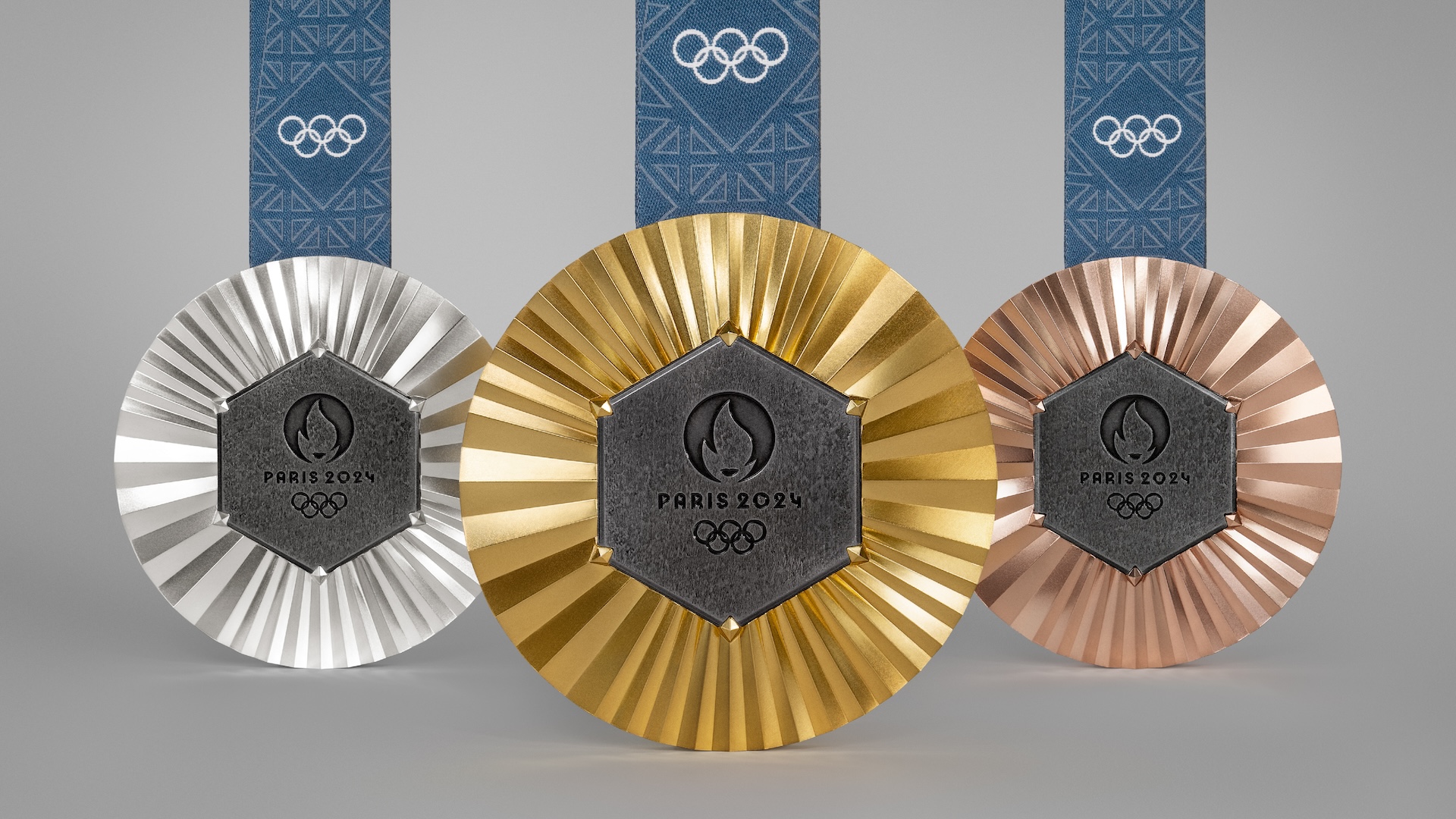
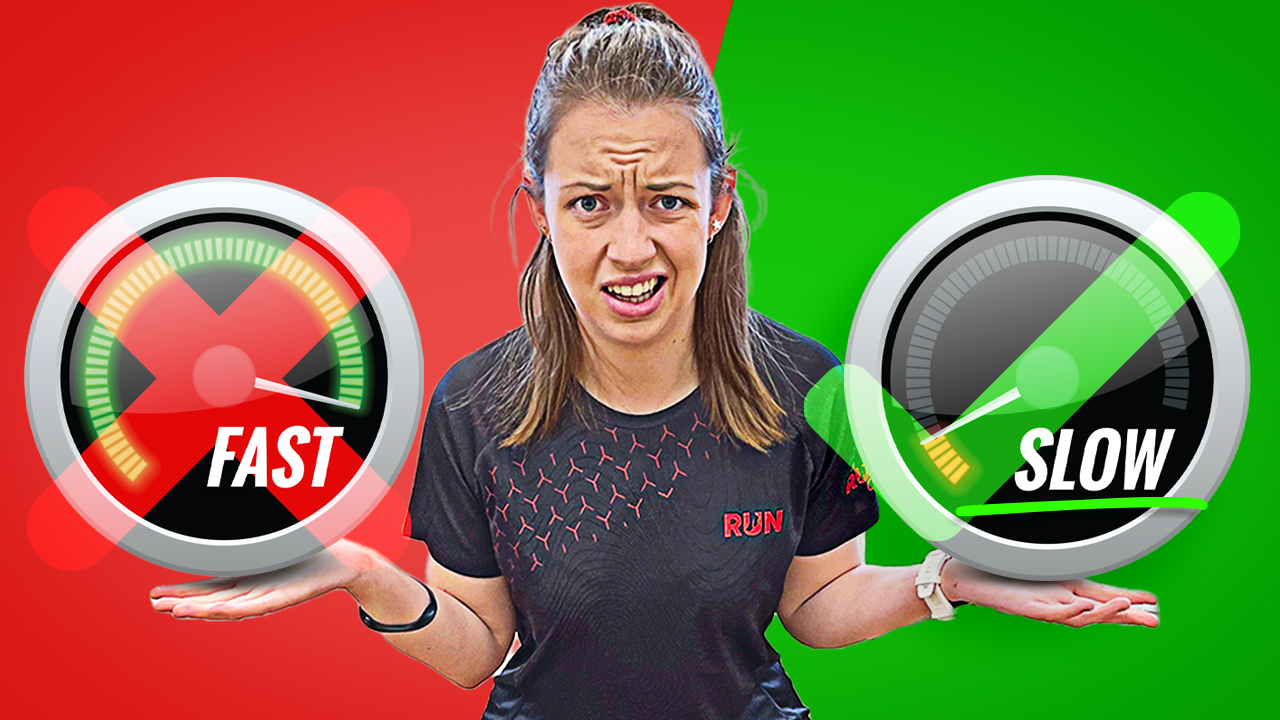
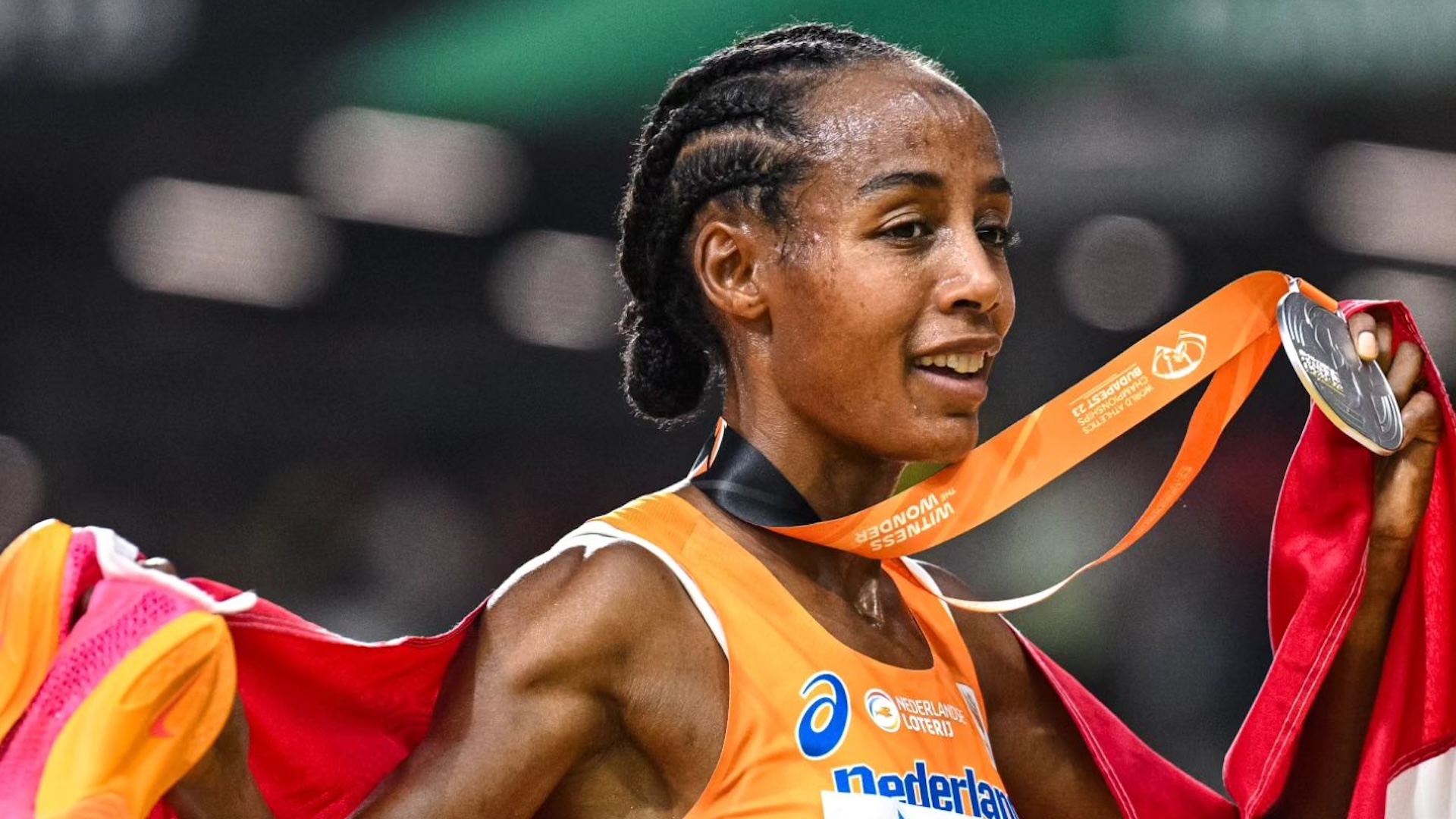
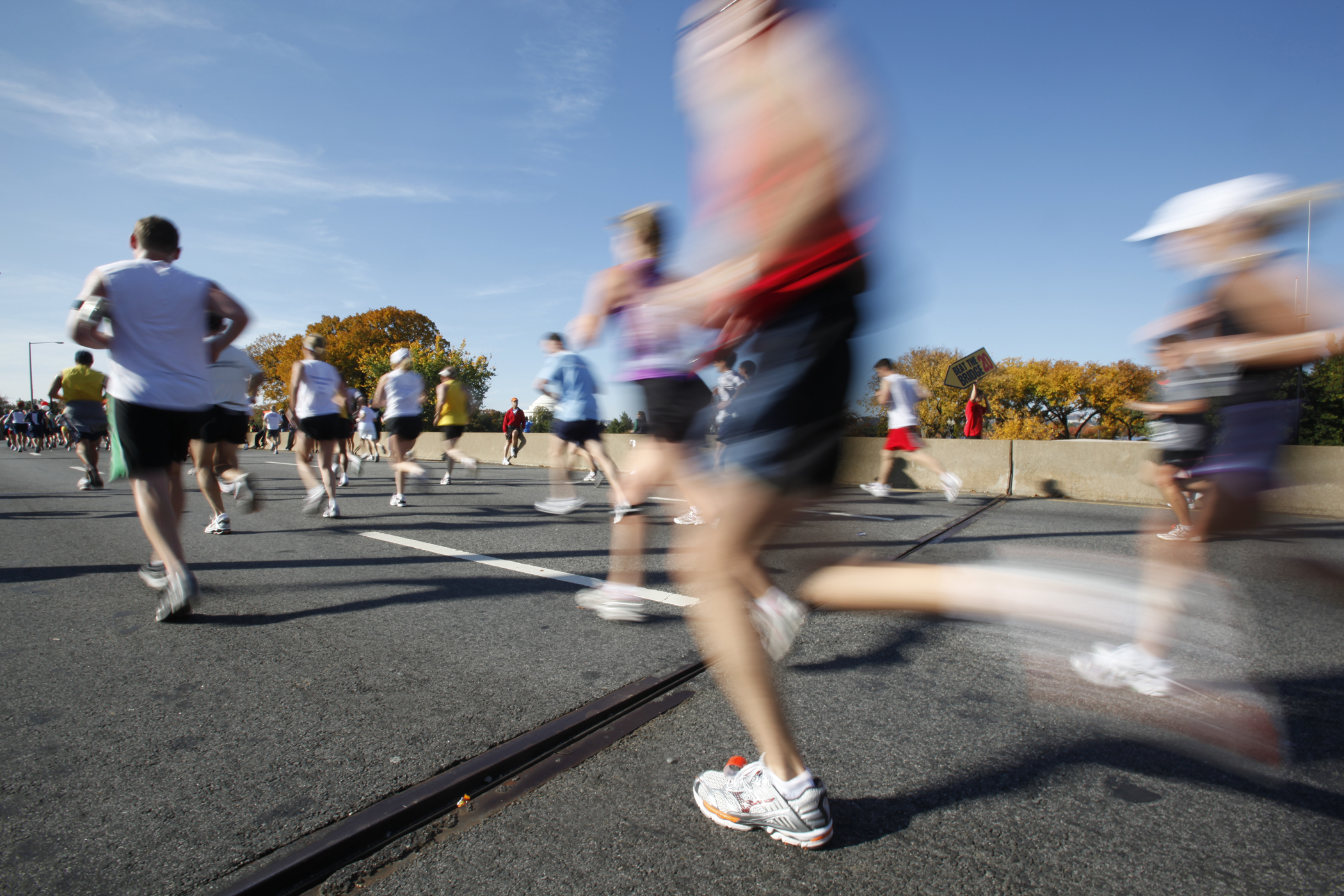
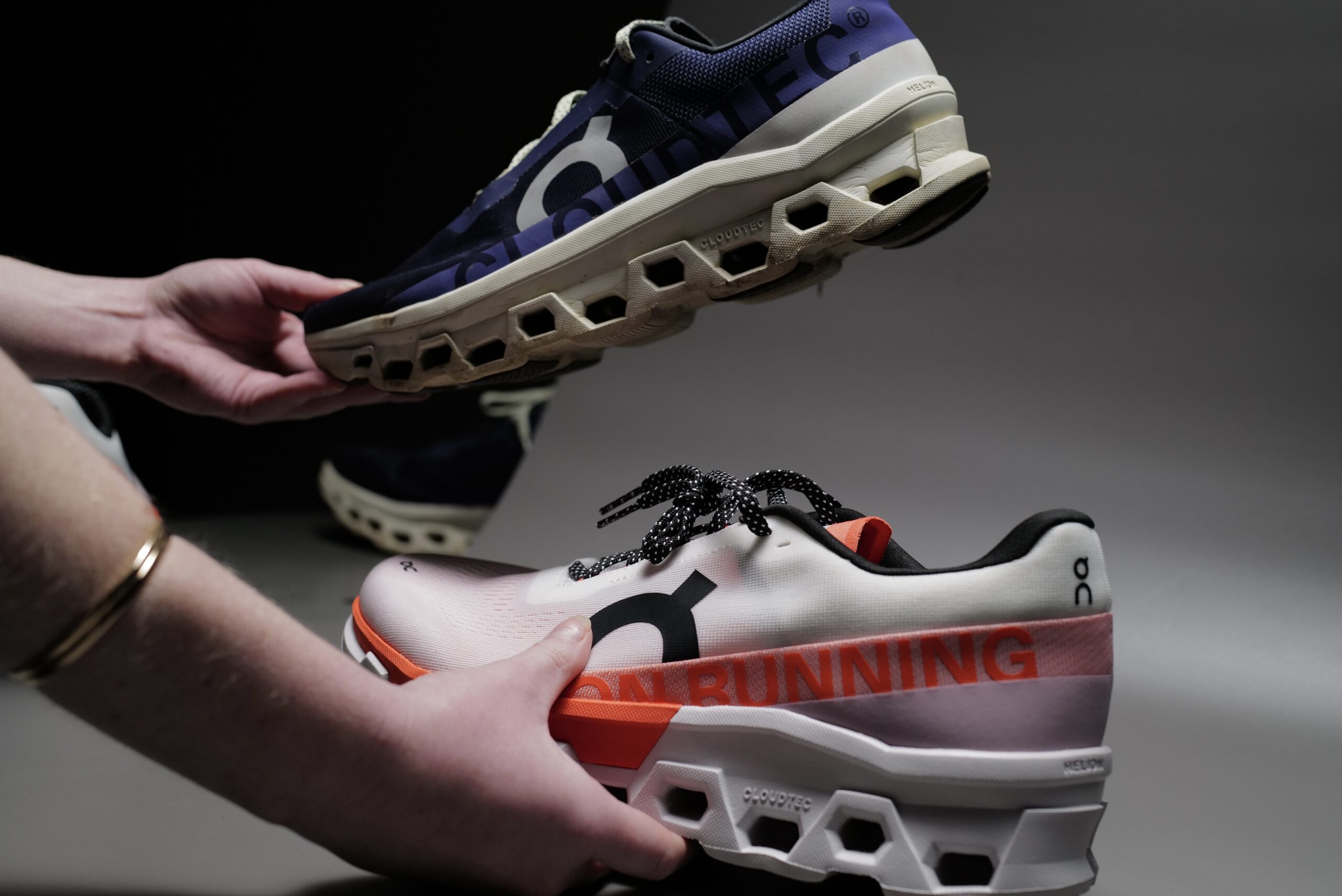
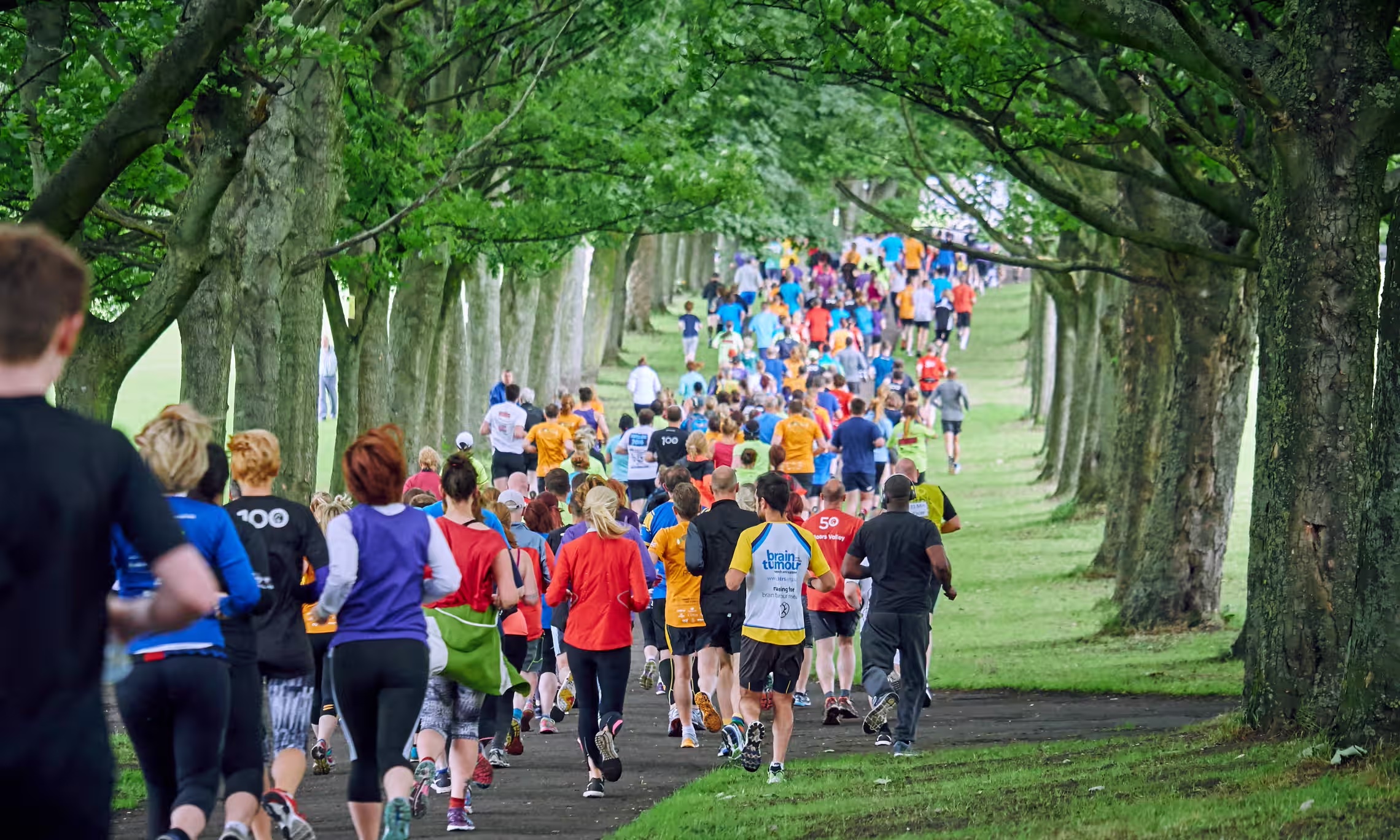

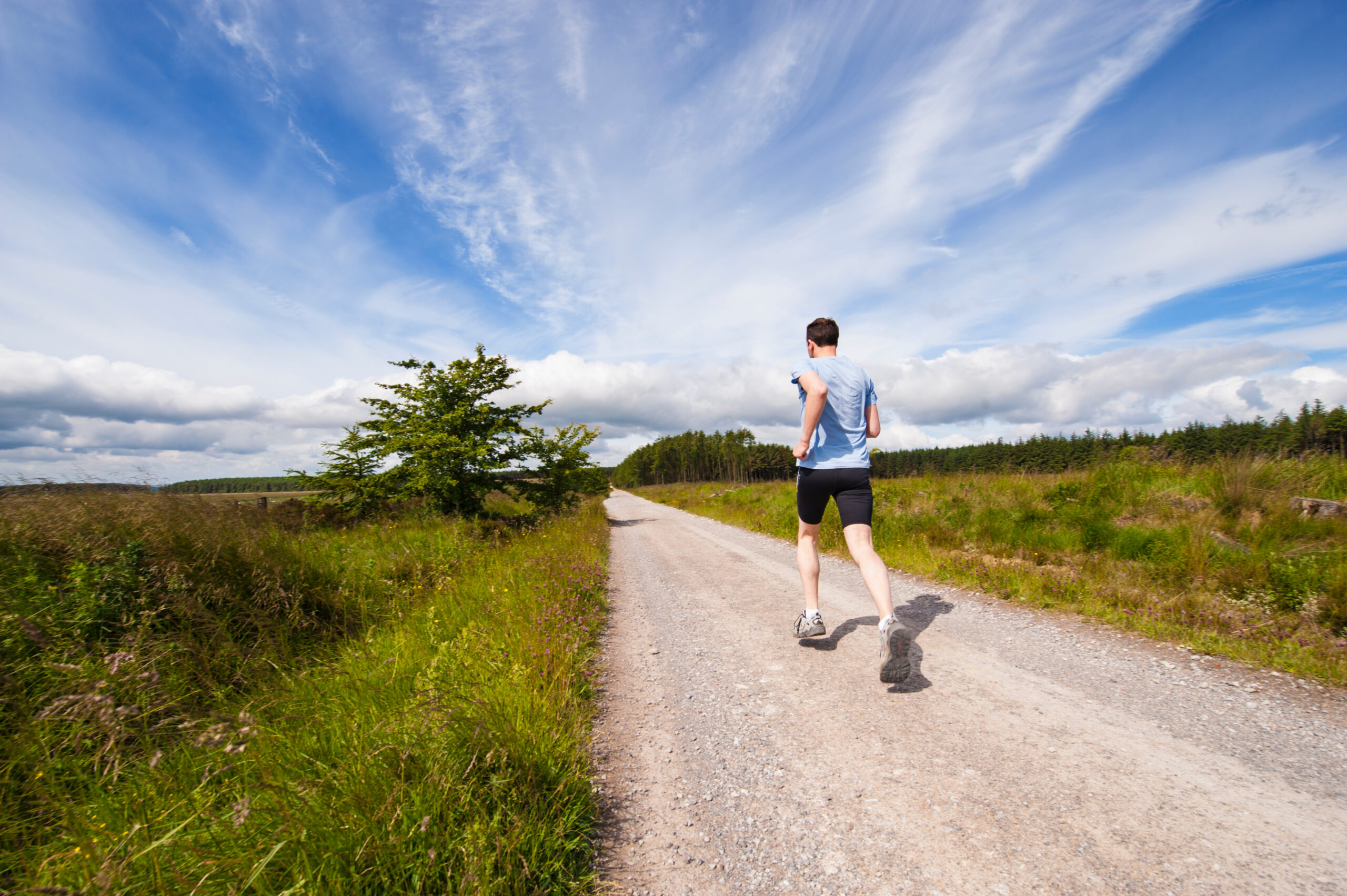

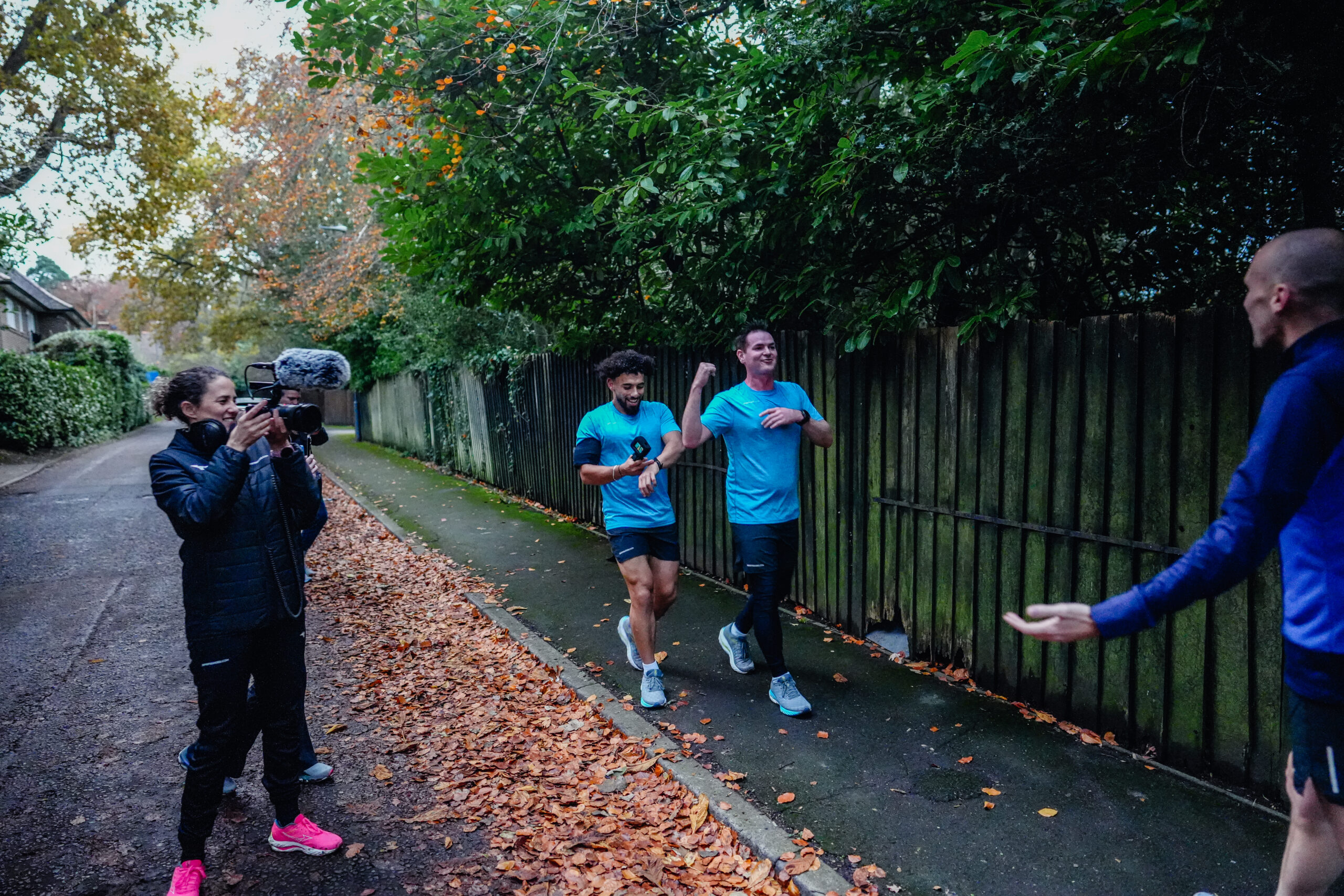
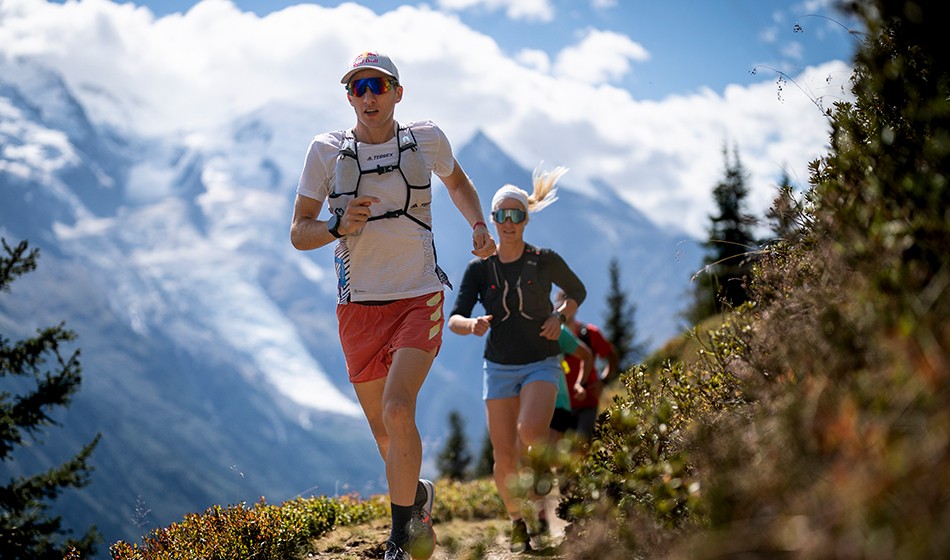
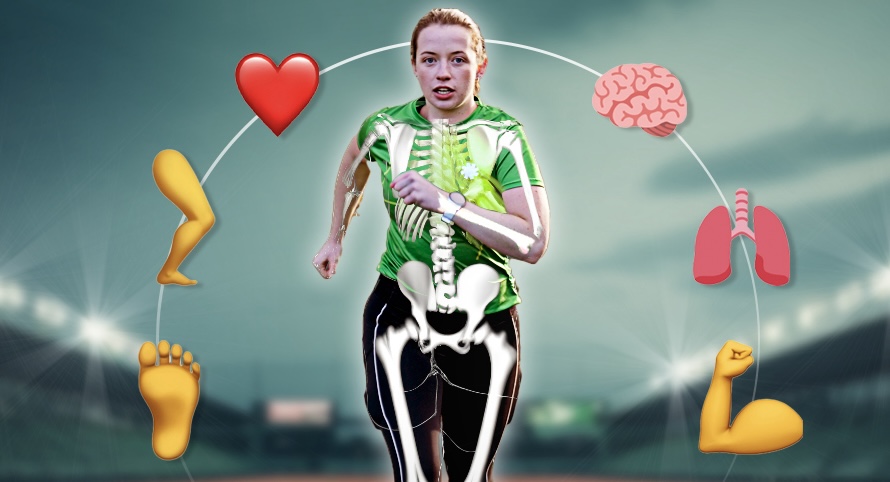
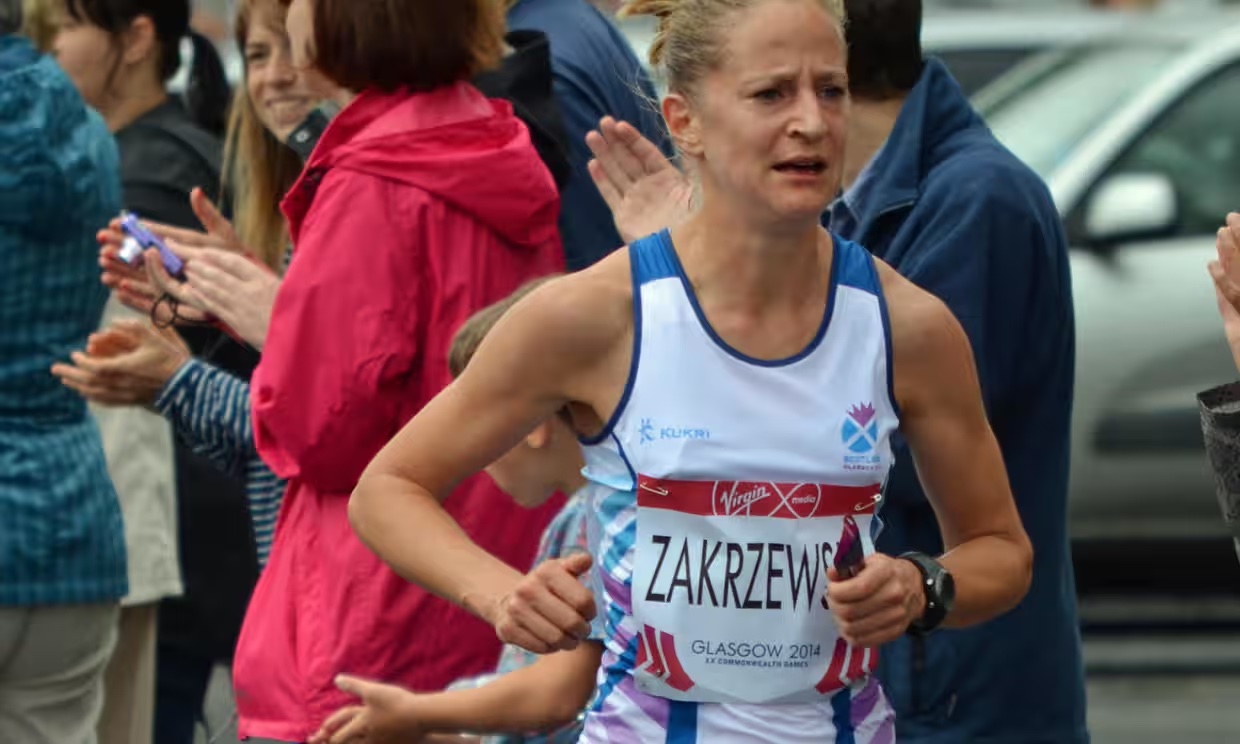
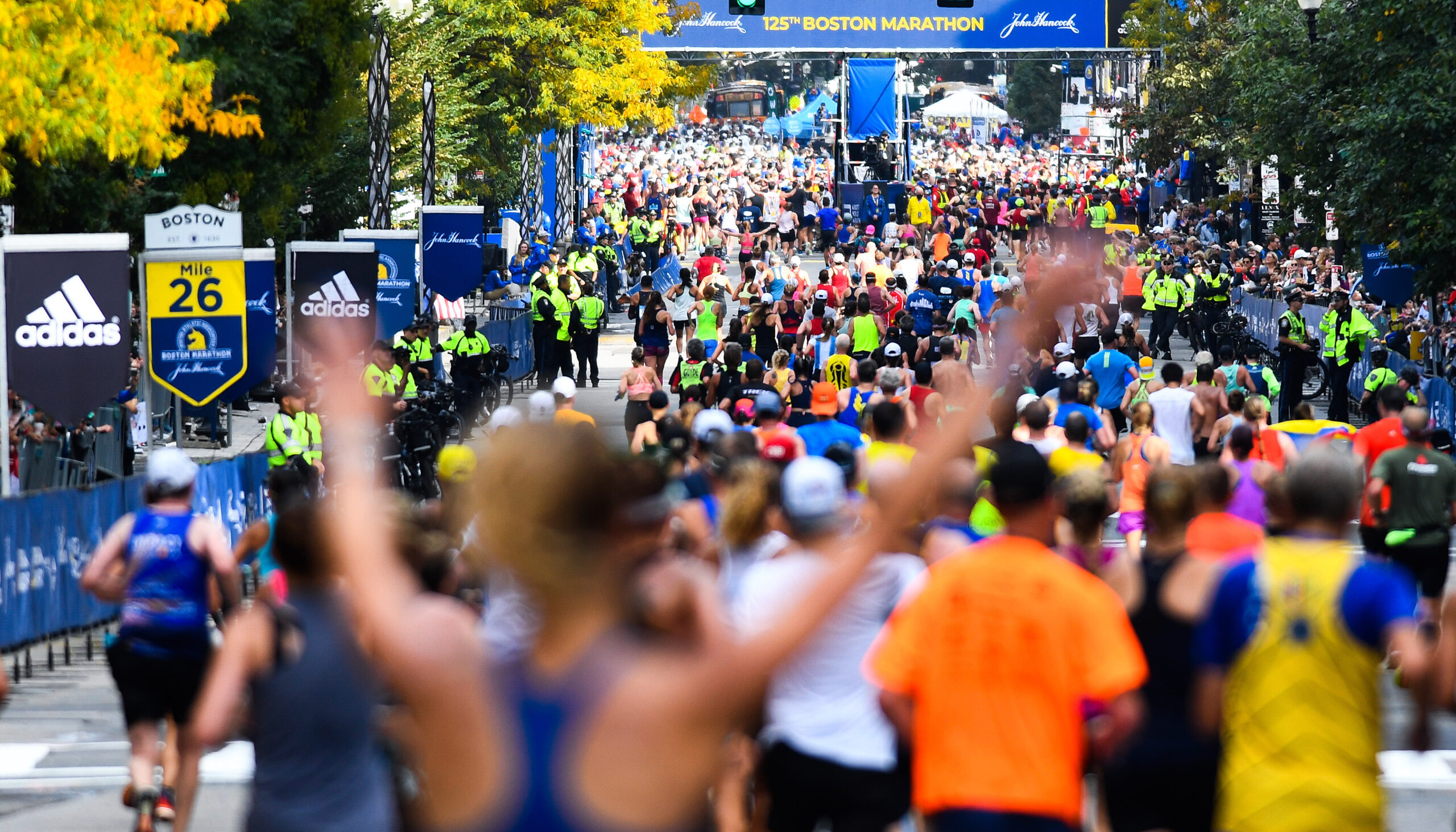
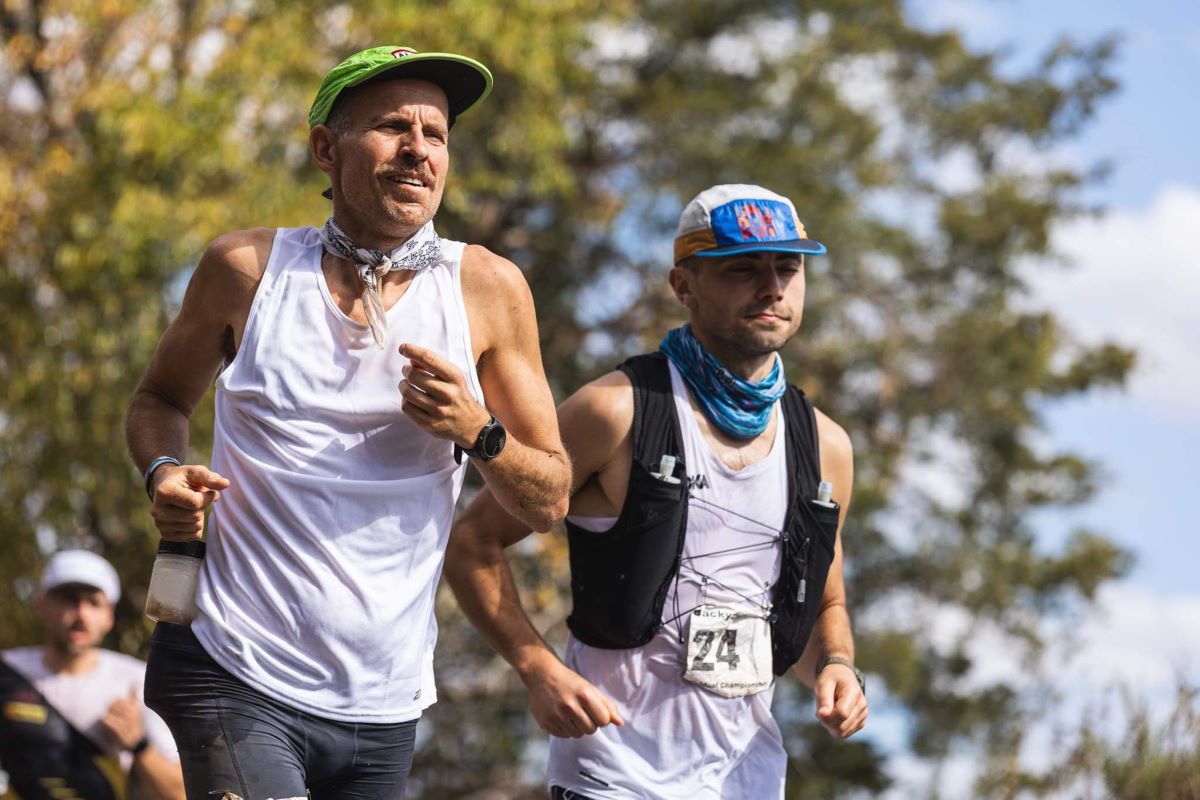

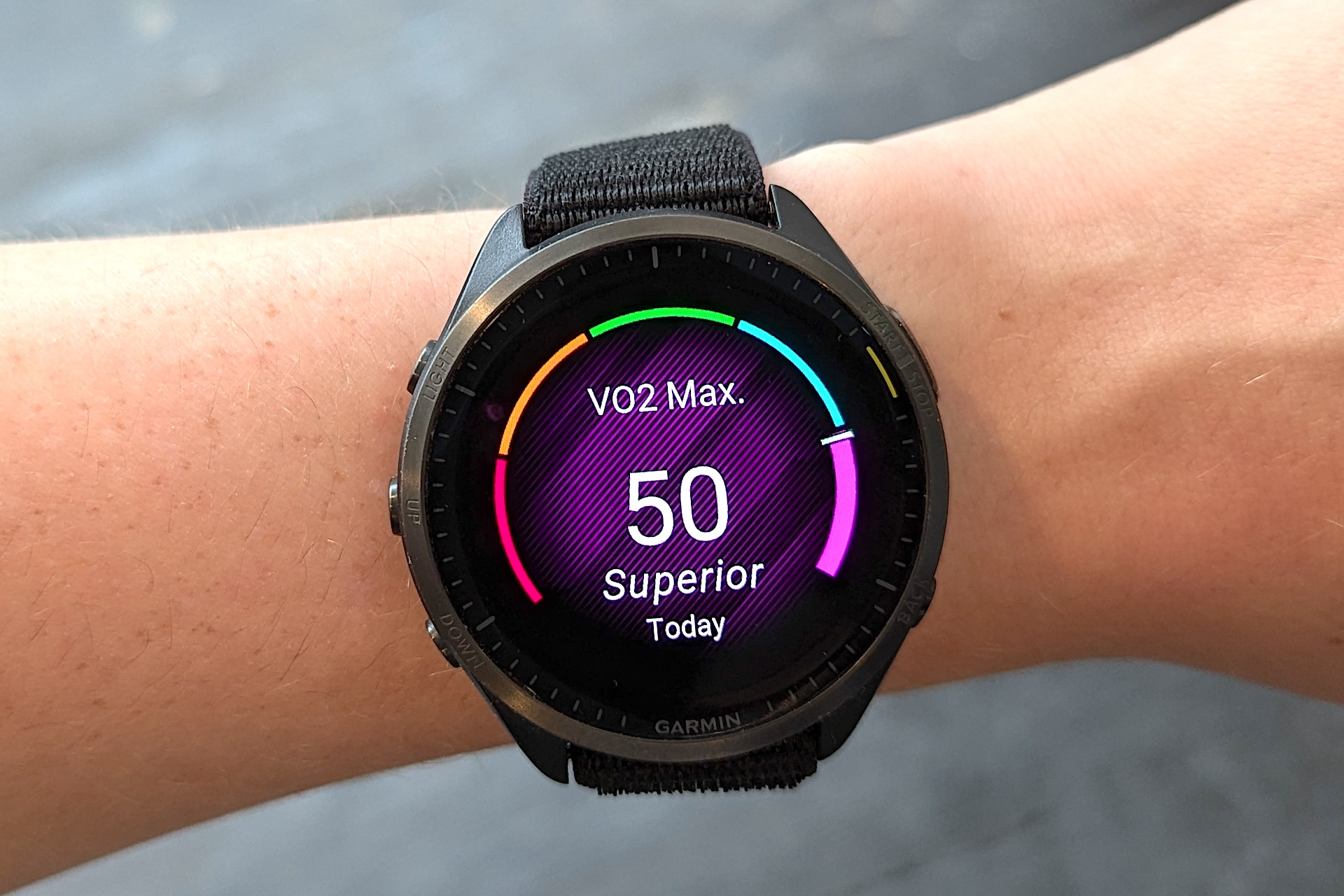
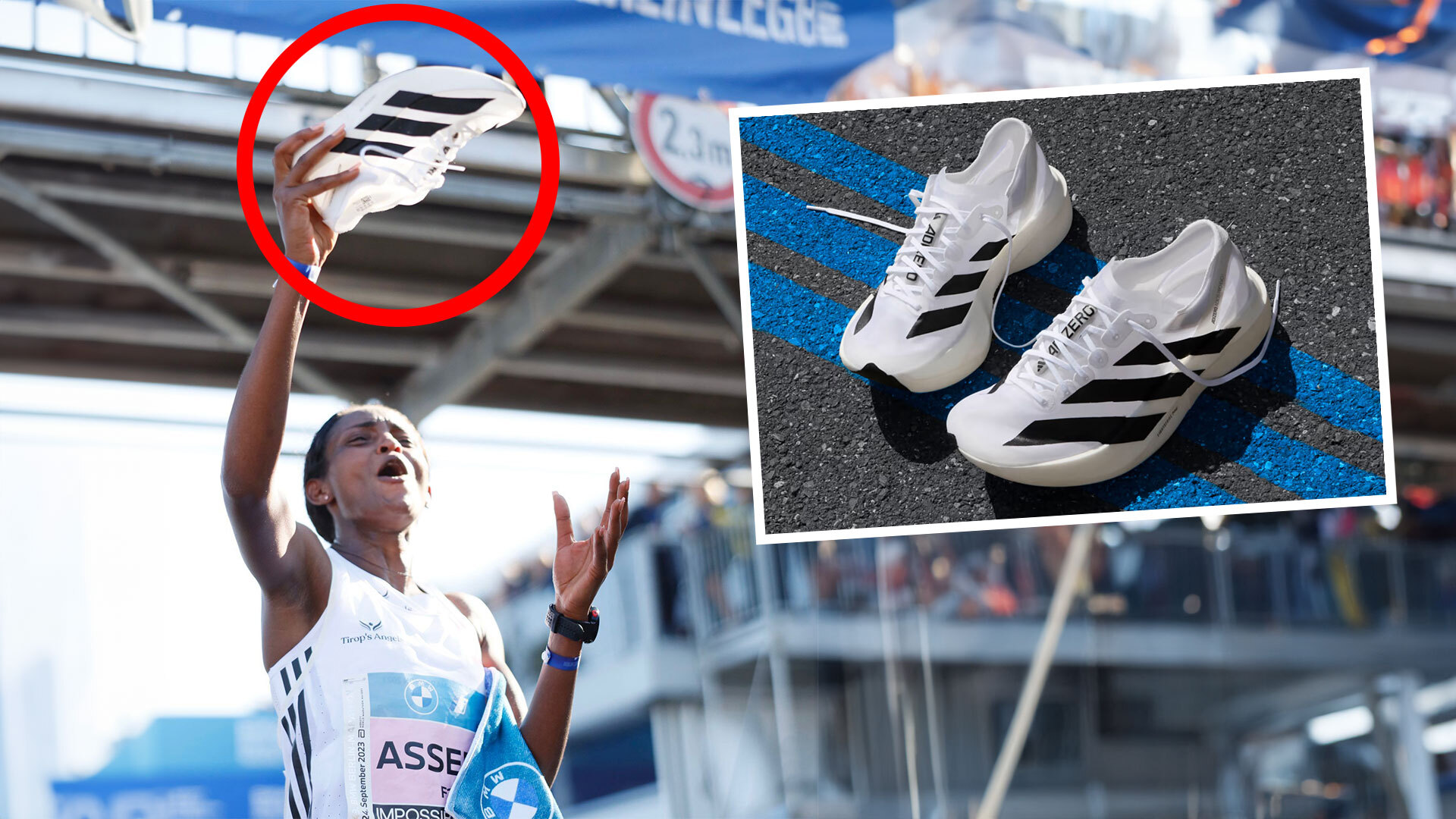

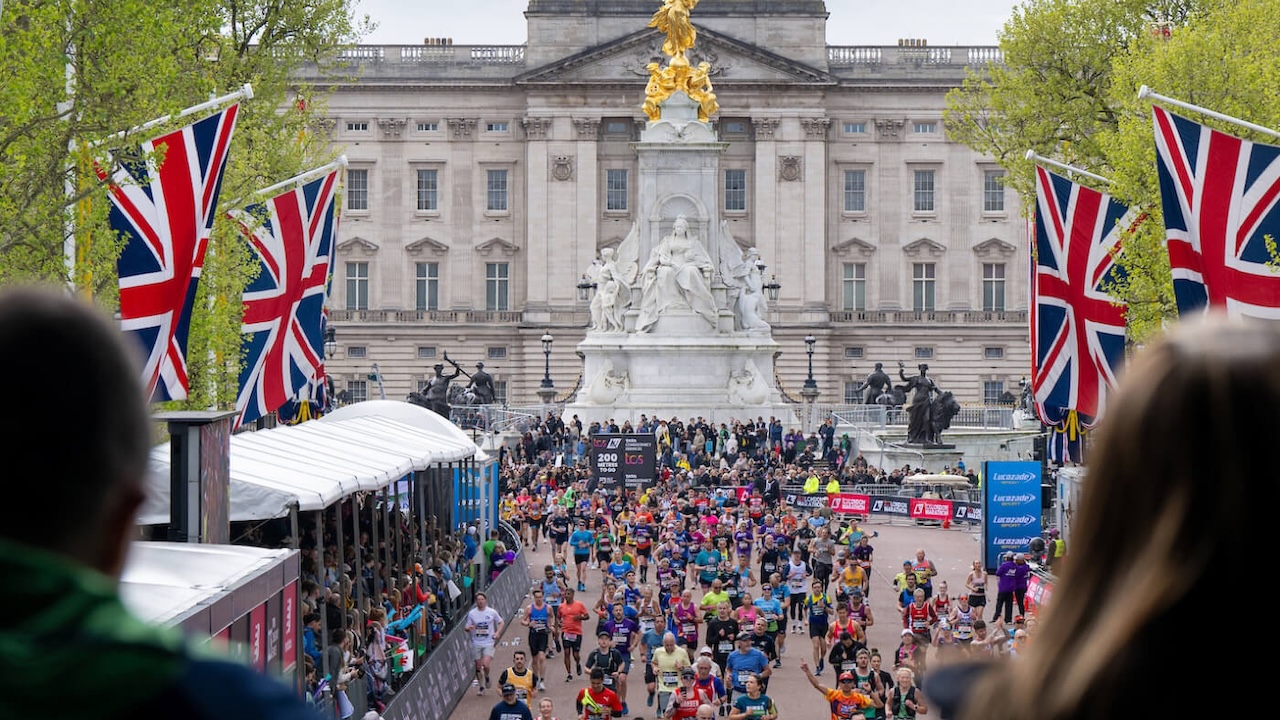

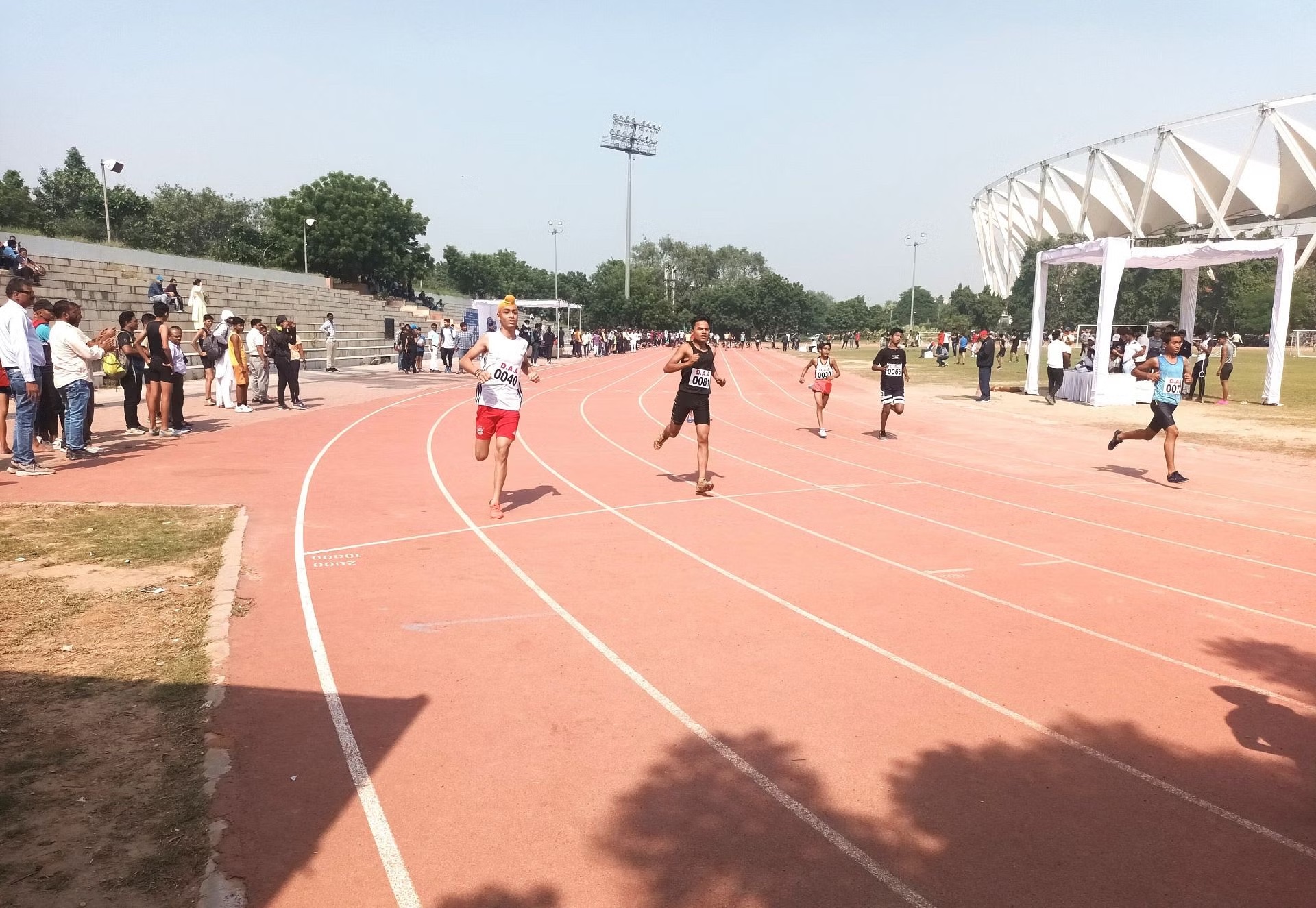
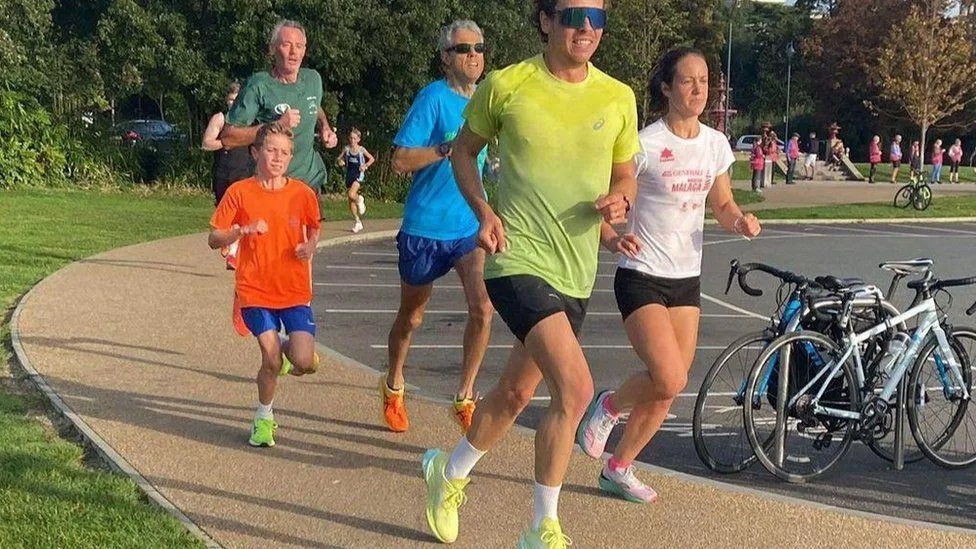
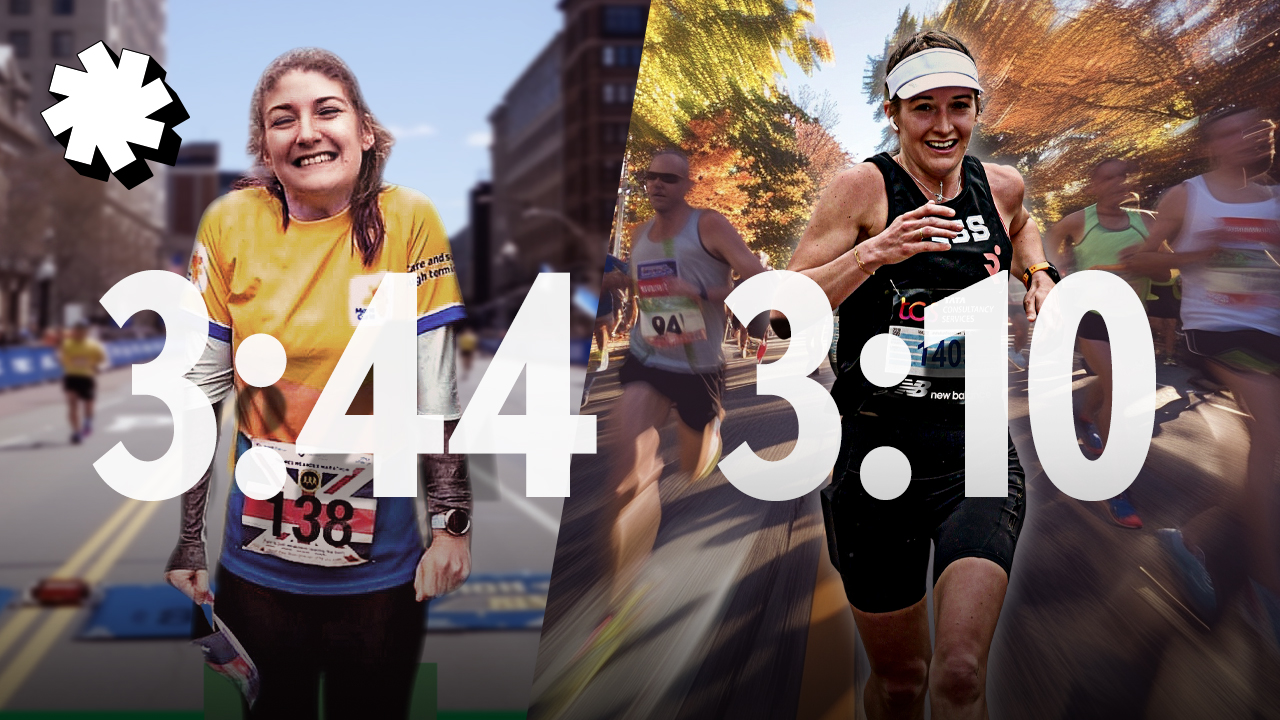

Running News
Paris 2024 Olympics Running Schedule
What Are Olympic Medals Actually Made From?
On Cloudboom Strike LS Initial Thoughts